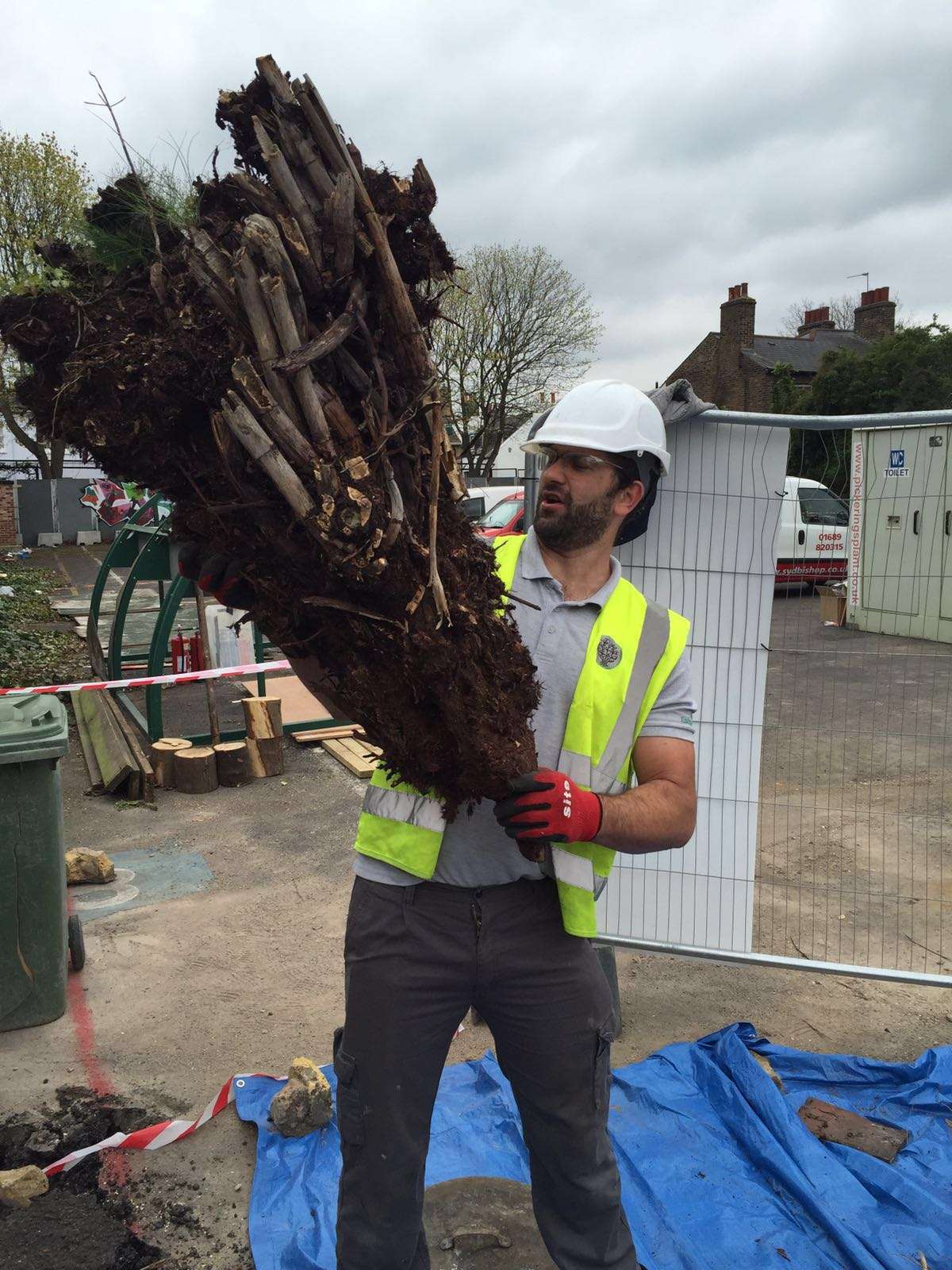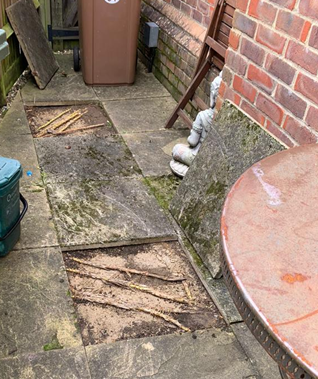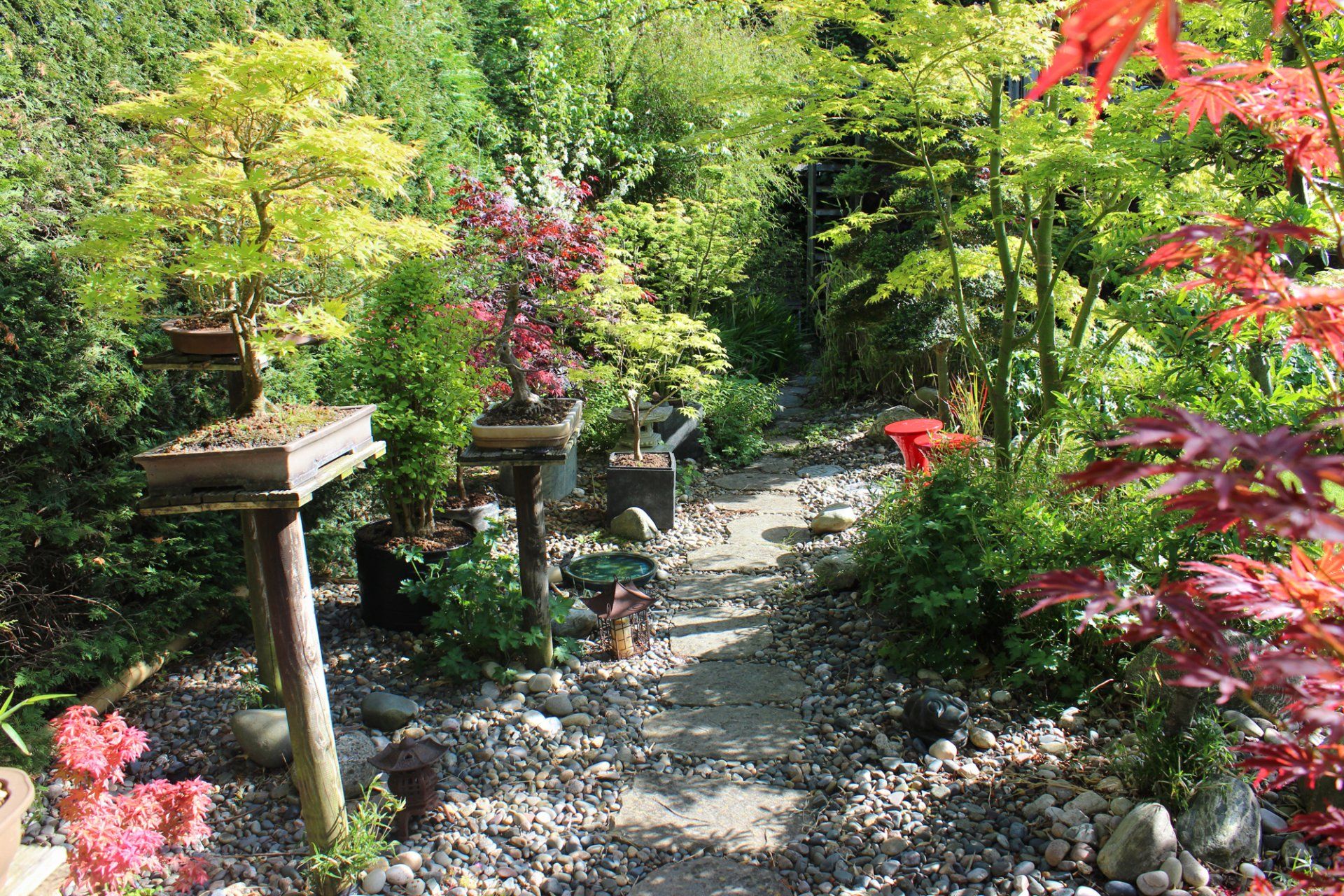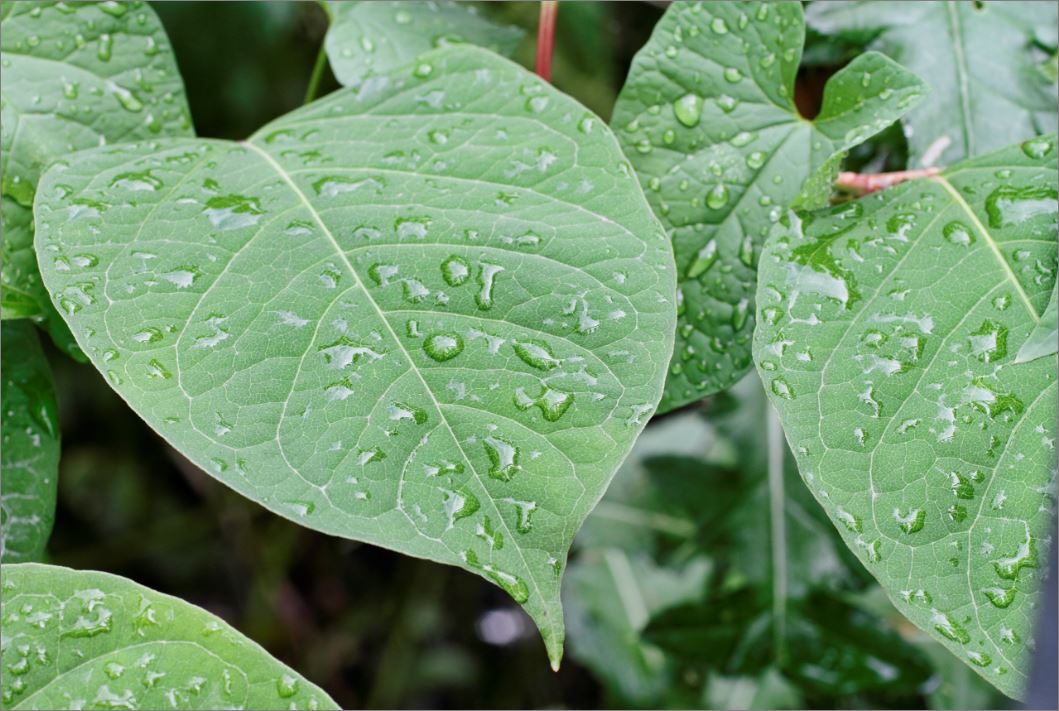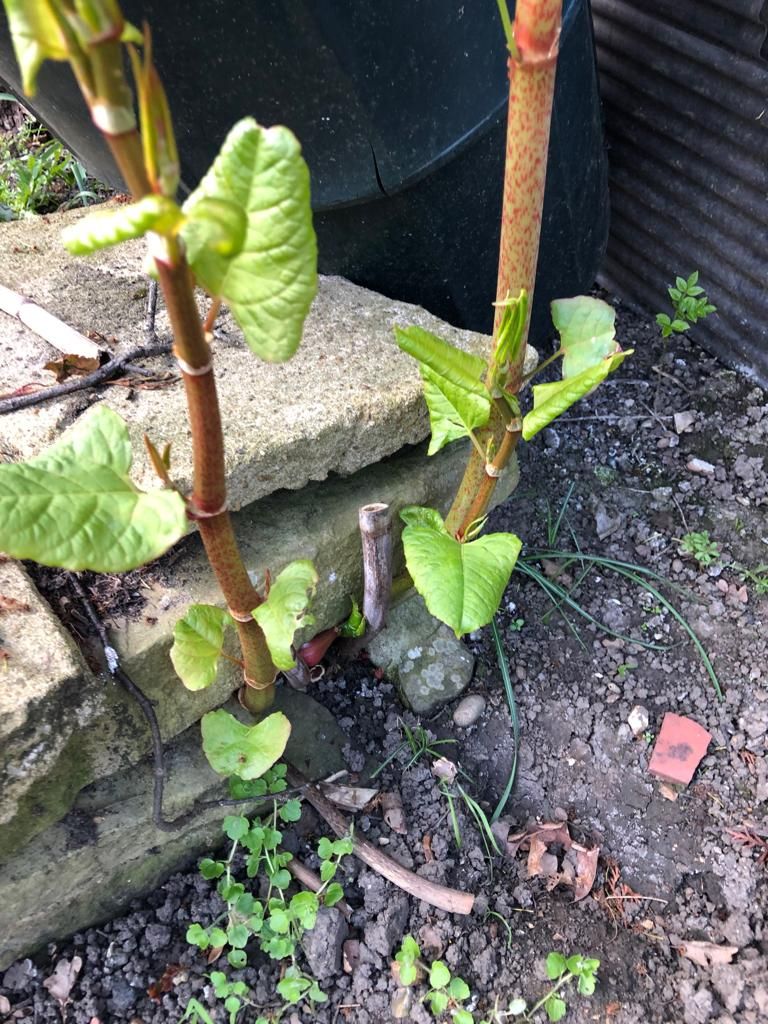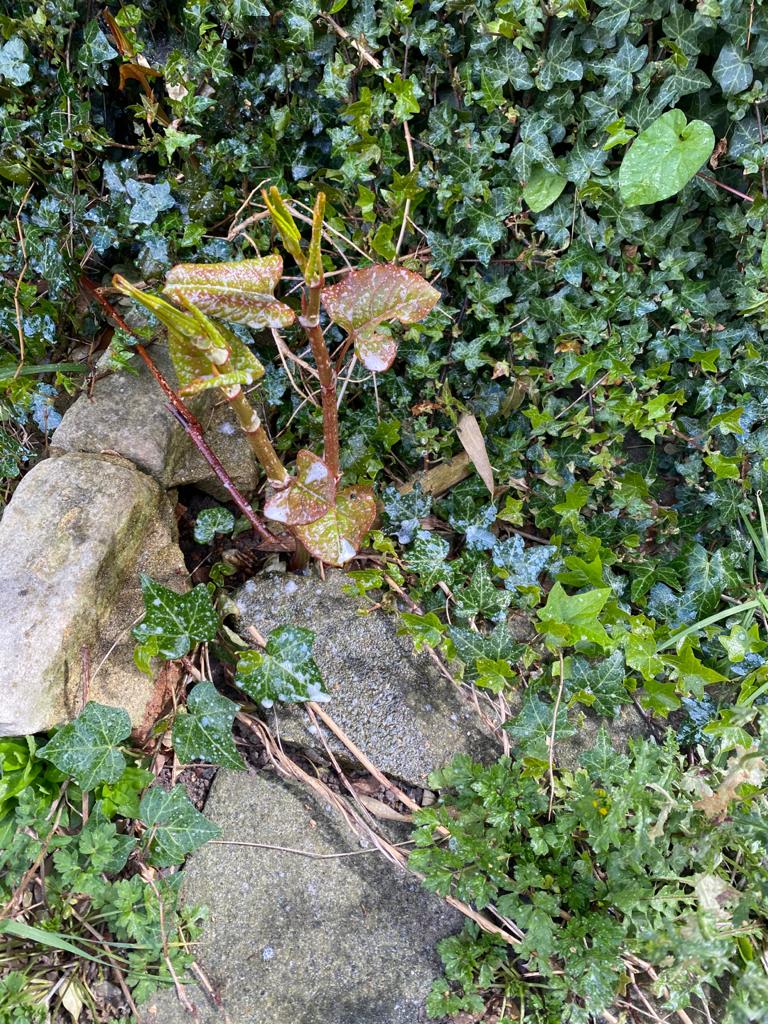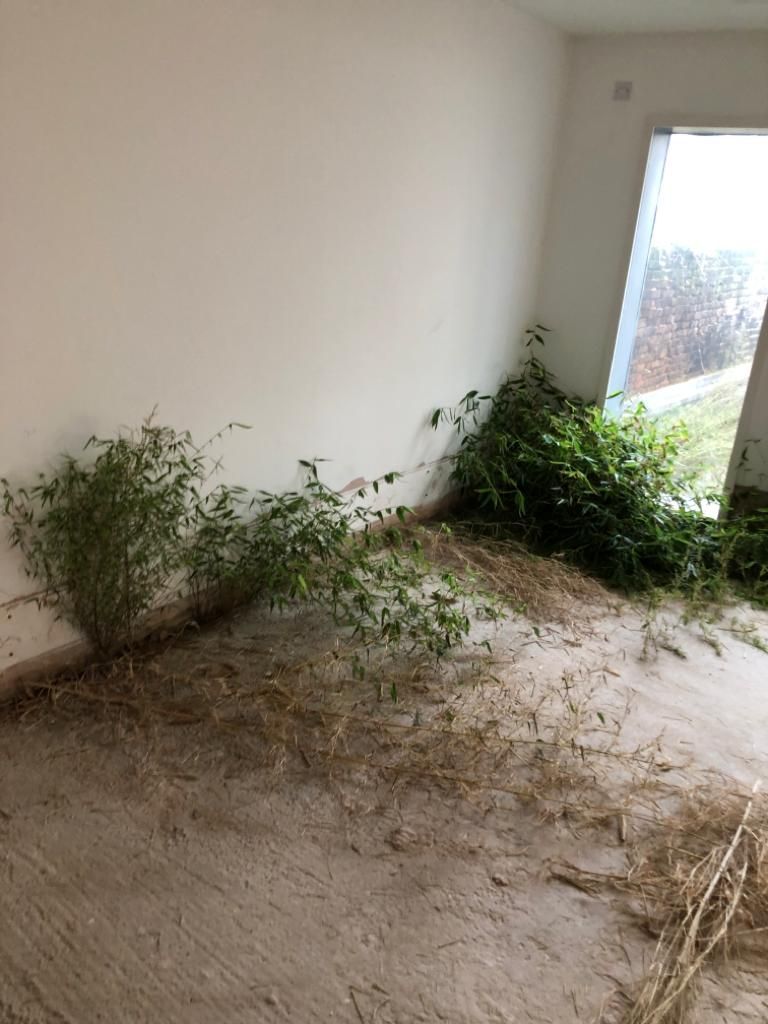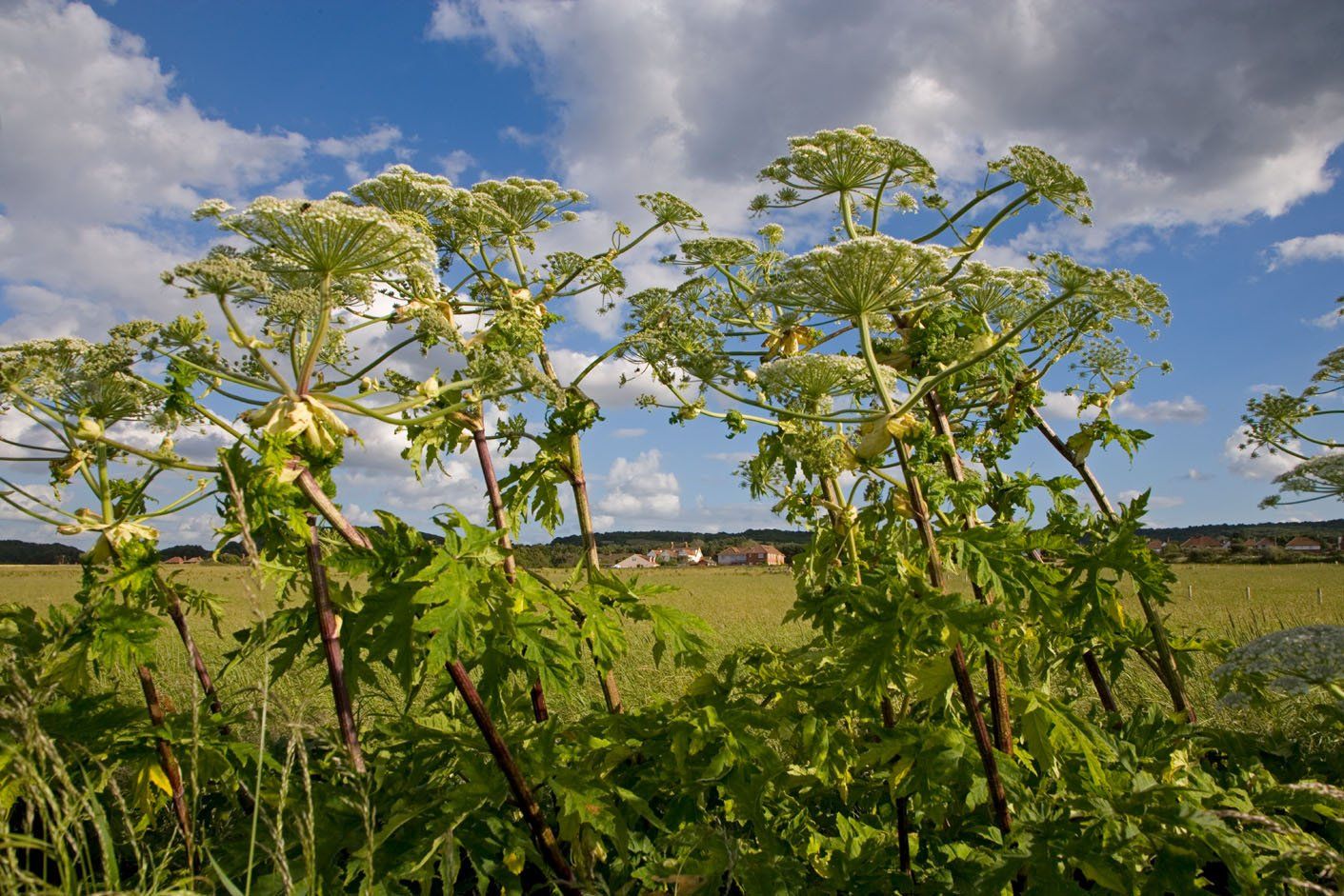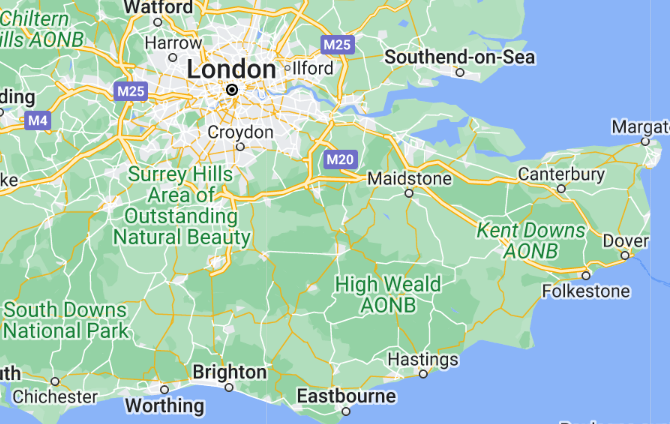Spotting and Removing Himalayan Balsam
In the world of invasive, superspreading weeds, you may have heard of Himalayan balsam. Or perhaps you suspect you have some growing nearby, or on your property. Himalayan balsam is one of the topmost offenders of non-native, fast spreading weeds that outcompetes other plants and causes many problems. So much so, that it is an offence to cause it to grow in the wild. If it’s growing on your property this is tricky to prevent due to its far-spreading seed dispersal system.
It is a good idea to remove Himalayan balsam to prevent it continuing to spread and cause damage. Read on for our guide on Himalayan balsam removal.
Why is it a problem?
Unsurprisingly, Himalayan balsam originates from the Himalayas. Like Japanese knotweed, it was originally coveted and brought to this country intentionally, before it was realised how devastating it could be. Since then, it has spread far and wide across the UK, causing damage to ecosystems and riverbanks (where it especially likes to grow). Because the plant is so tall and successful it overshadows and kills off other natives plants, affecting the ecosystems they contribute to.
It is also thought that because Himalayan balsam is so popular with bees, it may be diverting pollination from other plants, causing even further damage to native ecosystems. Furthermore, the plants do not decompose easily in our climate, and can cause blockages in river and stream systems, contributing to flooding.
Spotting Himalayan balsam
The most notable features of Himalayan balsam are its height and colour. Not a bad looking flower of purple-pink, with an hourglass shape, it’s not hard to see why it was introduced as a garden plant. It can grow up to three metres in height and is now the tallest annually growing plant in the UK. It can be found in large quantities along river banks or nearby woodland.
Other notable features of Himalayan balsam include:
● Hollow and fibrous, celery-like stem
● Shallow roots, easy to pull
● Dark green leaves with serrated, red-tipped edges
● Sweet smelling flower
● Explosive seed pods that can project seeds several metres when touched
Removing Himalayan Balsam
Thankfully, removing Himalayan balsam isn’t quite as difficult as other invasive weeds. Due to its shallow rooting, the plant can simply be pulled manually from the soil. Once pulled, snap the stem so that it won’t re-root itself where you leave it. For the Himalayan balsam disposal, you can either compost it, or simply pile it all up where it is to be broken down by microorganisms more easily. Its nutrients will thereby be returned to the surrounding wildlife.
Alternatively, weed preventer material or other lawn weed control methods can be used to prevent the balsam’s continued growth among your property.
Himalayan balsam can grow in very large numbers or in difficult to approach locations. In lots of cases it will be advisable to contact specialist removal services. Herbicides are an effective method for managing such cases but some are harmful to other plants or to adjacent river systems.
Gaia Environmental is a specialist weeds removal company working across the South East. Using selective herbicides, Gaia Environmental offers effective
treatment for Himalayan balsam that is friendlier for the surrounding environment. If you’re having an issue with Himalayan balsam,
get in touch today.


